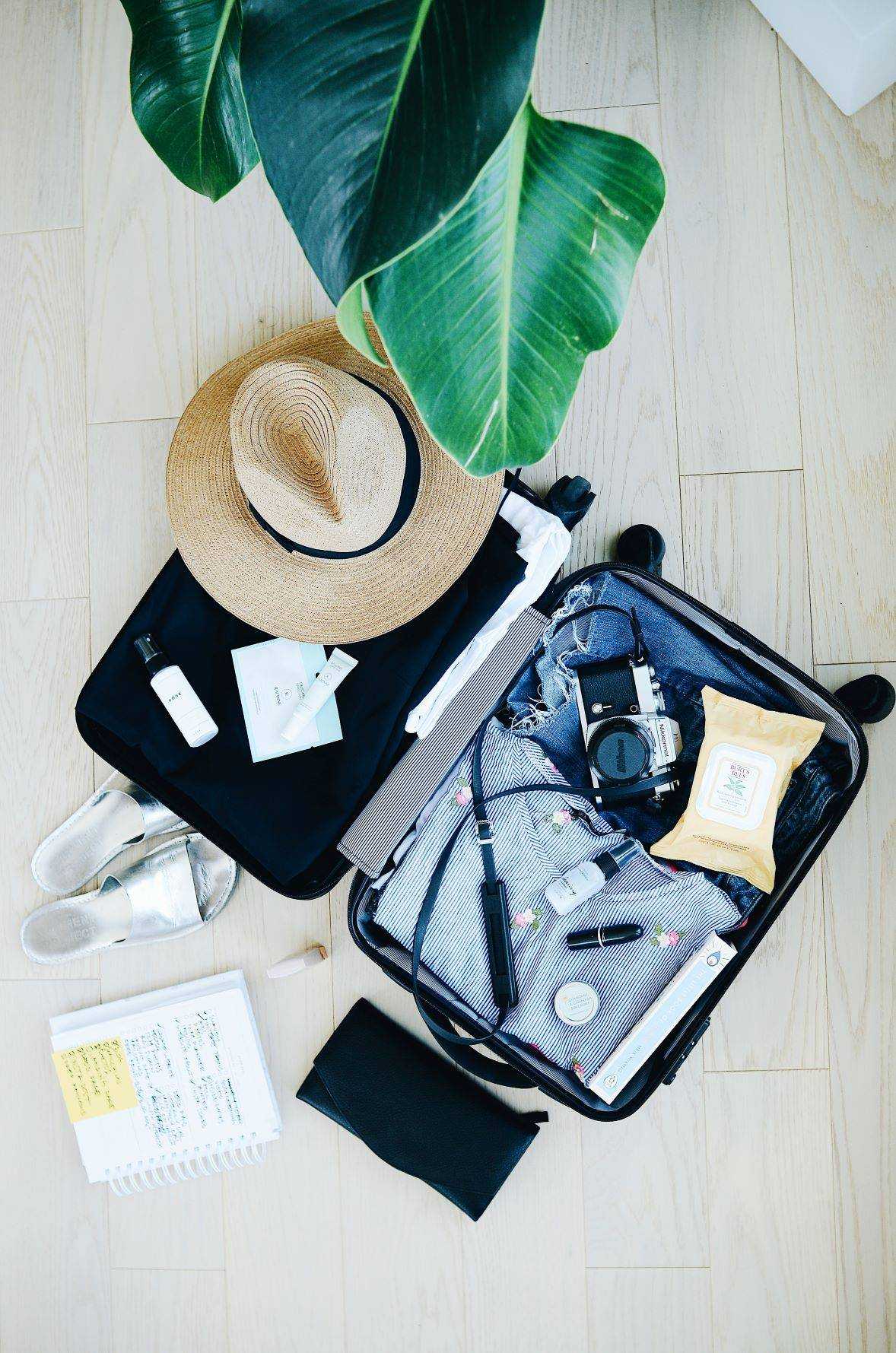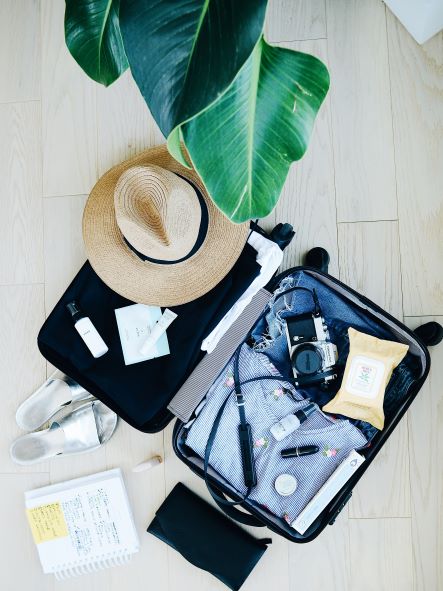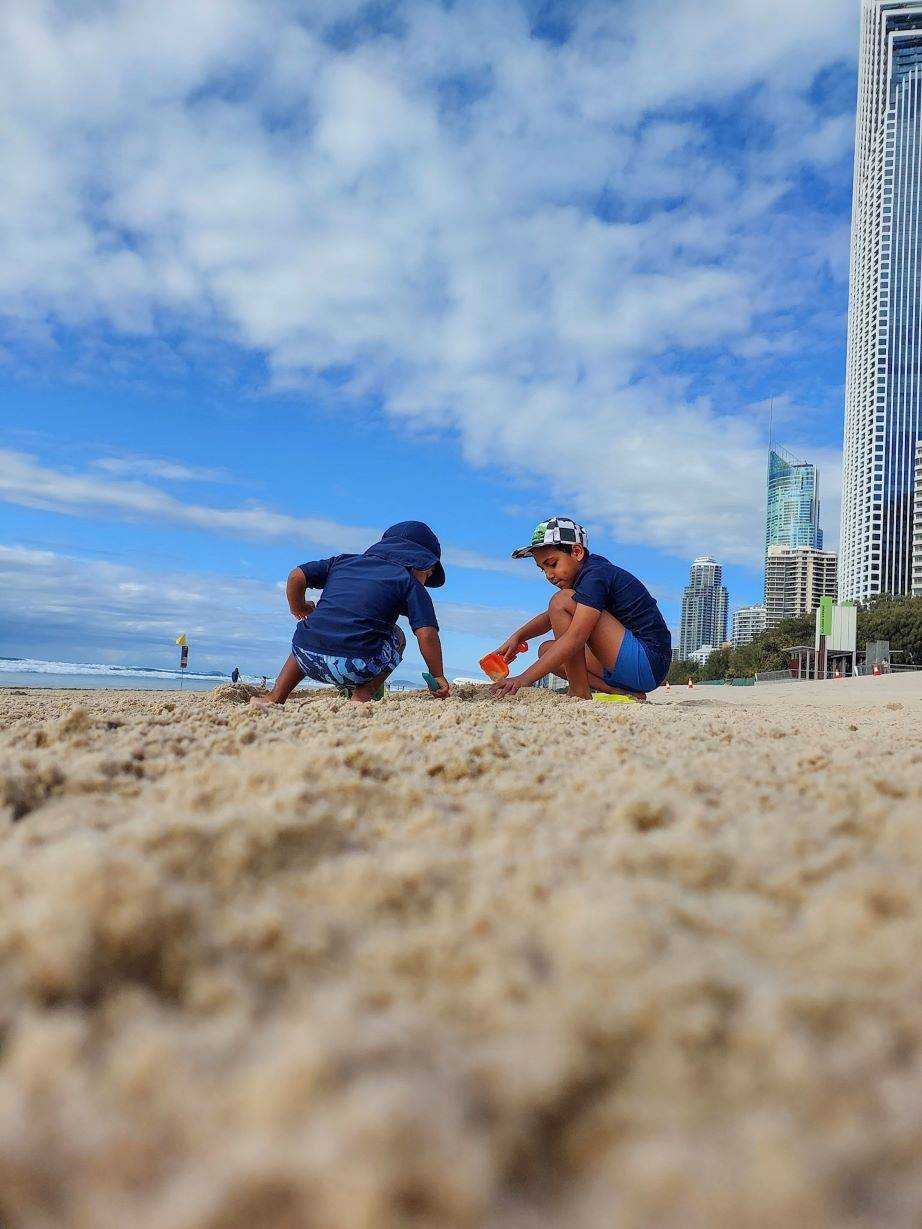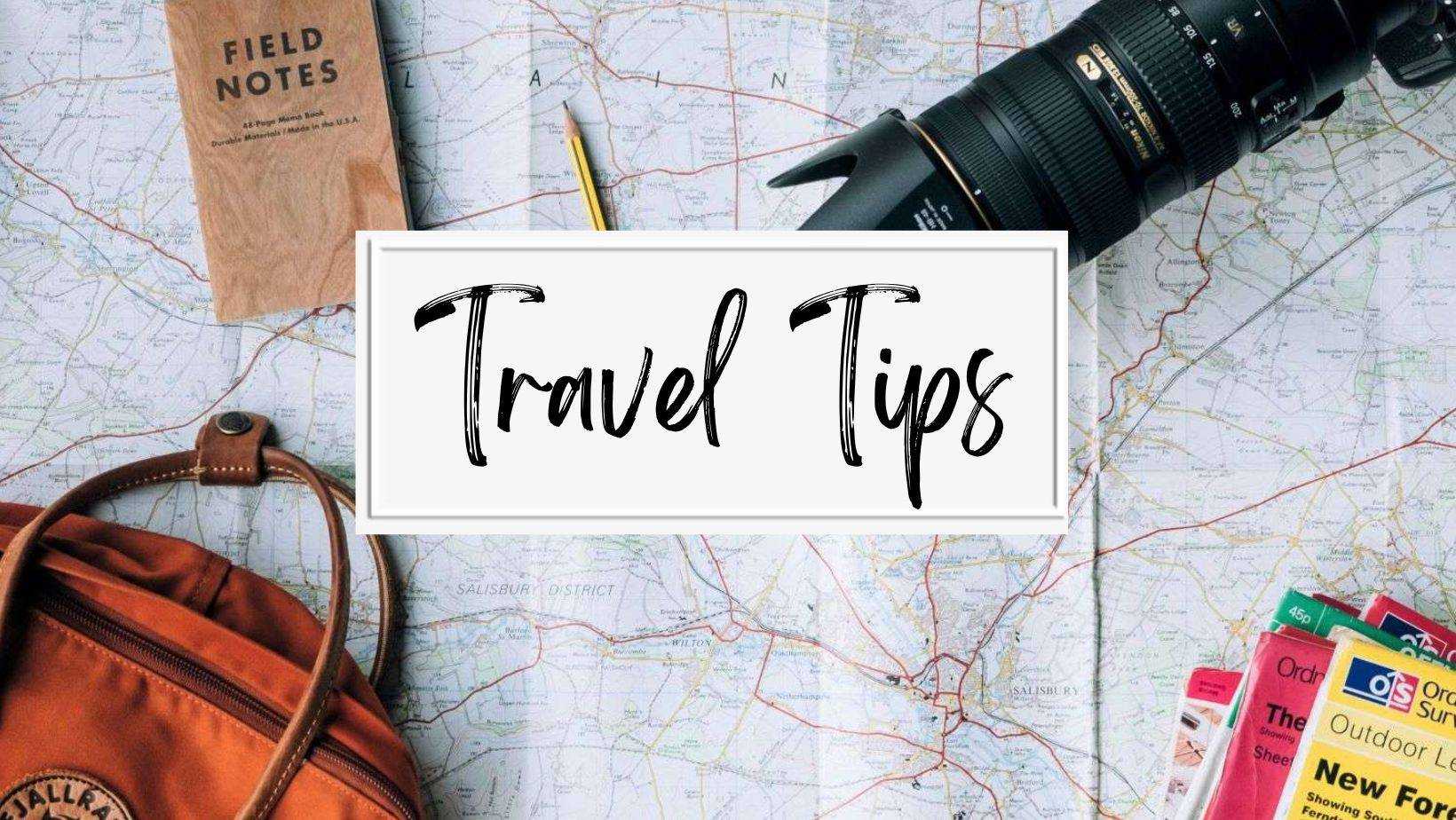What to Pack for Europe: The Ultimate Europe Packing Checklist
If you’re wondering what to pack for Europe, I’ve got you covered. Every year, millions of travelers head to the continent’s historic cities, alpine peaks, sun-soaked coasts, and charming villages, only to be met with a wide range of climates, cultural norms, and practical challenges. Packing for Europe isn’t a one-size-fits-all checklist—it’s about thoughtful preparation, smart choices, and a little bit of local savvy.
Whether you’re backpacking through hostels, taking a romantic getaway, or embarking on a multi-country tour, this guide has everything you need. Here you’ll find a break down of clothing by season, essentials by region, travel accessories, tech gear, and provide a master checklist at the end.
** Disclaimer: Please note some of the links in this post are affiliate links. Purchasing through these links earns us a small commission at no extra charge to you.

Table of Contents
ToggleKey Considerations Before You Pack for Europe
Before you even unzip your suitcase, consider the following:
- Season and Weather: Europe has four distinct seasons, and weather varies drastically between northern and southern regions.
- Length of Stay: A two-week trip requires less than a two-month journey.
- Countries You’re Visiting: Packing for Iceland is different from packing for Italy.
- Type of Travel: Backpacking, luxury travel, or business trips each require different gear.
- Luggage Restrictions: Especially for budget airlines like Ryanair and EasyJet. Know their carry-on limits.
Clothing: What to Wear in Europe by Season
Spring (March to May)
- Weather: Variable—sunny days, chilly mornings, and occasional rain.
- Essentials:
- Light layers (cardigans, sweaters, long-sleeve shirts)
- A medium-weight waterproof jacket
- Jeans or comfortable trousers
- Closed-toe walking shoes
- Umbrella or compact raincoat
Summer (June to August)
- Weather: Hot in southern Europe, mild in the north.
- Essentials:
- Lightweight, breathable clothing (linen, cotton)
- Shorts, dresses, or skirts
- Sun hat and sunglasses
- Swimsuit (for beaches or hotel pools)
- Sandals or comfortable walking shoes
- Reusable water bottle
Autumn (September to November)
- Weather: Cool and crisp, with increasing rain.
- Essentials:
- Layered clothing
- Warm scarf and hat
- Waterproof outerwear
- Comfortable boots or weather-resistant shoes
- Earth-toned clothing to blend in with local fashion
Winter (December to February)
- Weather: Cold, often snowy in central and eastern Europe.
- Essentials:
- Insulated winter coat
- Thermal underlayers
- Gloves, beanie, and warm socks
- Waterproof boots
- Sweaters and wool garments

Packing Tips by Region
Western Europe (France, Germany, Netherlands)
- Stylish but practical—Europeans tend to dress smart-casual even in daily life.
- Public transport is common, so opt for packable, lightweight bags.
- Bring a universal power adapter and voltage converter.
Southern Europe (Italy, Spain, Greece)
- Pack lighter fabrics and sun protection in the summer.
- Conservative clothing is often expected in churches or religious sites.
- Anti-theft bags or money belts are useful in busy cities.
Northern Europe (Scandinavia, UK)
- Weather can change rapidly, even in summer.
- Layering is key.
- Rain gear is essential—think waterproof shoes and jackets.
Eastern Europe (Poland, Hungary, Czech Republic)
- Winters can be harsh; thermals and heavy coats are necessary.
- Summer is warm but more moderate—pack light and versatile outfits.
- Local fashion tends to be modest and functional.
Travel Essentials and Accessories
Documents & Money
- Valid passport (check expiration date!)
- Visa (if required for specific countries)
- Credit/debit cards with no foreign transaction fees
- Some local currency (especially for markets and public transport)
- Travel insurance documents
- Copies of all important documents (digital and paper)
Luggage & Bags
- Lightweight suitcase or backpack (carry-on friendly if possible)
- Packing cubes or compression bags
- Daypack for daily excursions
- Crossbody bag or anti-theft travel purse
Toiletries (TSA-compliant sizes)
- Toothbrush, toothpaste, floss
- Shampoo, conditioner, body wash
- Face wash and moisturizer
- Sunscreen (yes, even in winter)
- Razor, deodorant
- Feminine hygiene products
- Travel-size first aid kit (band-aids, pain relievers, antihistamines)
Electronics
- Universal power adapter (Europe uses 220V, type C or F plugs)
- Portable power bank
- Phone and charger
- E-reader or book
- Lightweight laptop or tablet (if working)
- Noise-canceling headphones
Optional But Useful Items
- Foldable tote bag (for groceries or laundry)
- Travel laundry detergent and sink stopper
- Small sewing kit or safety pins
- Sleep mask and earplugs (especially in hostels)
- Travel pillow for long flights or train rides
- Guidebook or offline map apps (like Maps.me)
- Language translation app or pocket dictionary
Special Considerations
Backpackers
- Microfiber towel (quick-drying)
- Padlock for hostel lockers
- Refillable toiletry bottles
- Multi-use clothing (e.g., zip-off pants)
Business Travelers
- Blazer or business casual attire
- Collapsible garment bag or wrinkle-resistant packing method
- Portable Wi-Fi hotspot
Families with Kids
- Travel stroller or carrier
- Snacks and small toys
- Child-safe medications
- Extra diapers or wipes for long journeys

What to Pack for Europe: The Ultimate Checklist
Documents
- Passport + copies
- Visa (if needed)
- Travel insurance
- Itinerary
- Credit/debit cards
- Emergency contact info
Clothing
- Tops (tees, long sleeves, blouses)
- Bottoms (jeans, pants, skirts)
- Weather-appropriate outerwear
- Pajamas/sleepwear
- Undergarments
- Socks
- Shoes (walking shoes, sandals, boots)
- Swimwear
- Hat/gloves/scarf (for winter)
- Accessories (belt, jewelry, sunglasses)
Toiletries
- Toothbrush, toothpaste
- Hairbrush or comb
- Shampoo, conditioner, body wash
- Sunscreen
- Deodorant
- Lip balm
- Razor
- Medications
- First-aid kit
Electronics
- Phone and charger
- Headphones
- Power adapter/converter
- Portable battery
- Camera (optional)
- E-reader or book
Travel Gear
- Luggage or backpack
- Packing cubes
- Day bag
- Money belt or neck pouch
- Umbrella
- Reusable water bottle
- Snacks
Pro Travel Tips: What to pack for Europe
Packing Smart for Europe
- Roll your clothes instead of folding to save space and reduce wrinkles.
- Leave some room in your luggage for souvenirs or shopping.
- Check airline baggage restrictions, especially for budget carriers.
- Wear your bulkiest items (like boots or jackets) on the plane.
- Pack versatile pieces that can mix and match to create multiple outfits.
- Always carry a day’s worth of essentials in your carry-on, in case your luggage is delayed.
Dressing Like a Local: Avoiding the “Tourist Look”
When traveling through Europe, one of the most common goals is to blend in and avoid sticking out as a tourist—both for personal comfort and safety reasons. Europeans tend to dress with a bit more polish than typical casual American attire. While comfort is essential, especially for sightseeing, consider these tips:
- Neutral colors like black, gray, navy, and beige are common and versatile for mixing and matching.
- Athleisure is less common in many European cities unless you’re actively exercising. Swap leggings for dark jeans or tailored pants when exploring cities.
- Scarves are a staple in many countries and serve both a functional and stylish purpose, especially in spring and fall.
- Avoid flip-flops outside of beaches—opt for comfortable sandals or loafers instead.
- Leave graphic tees, large logos, and overtly branded apparel at home to avoid looking overly “touristy.”
Blending in not only shows respect for local culture but can help you avoid being targeted by pickpockets or scammers in high-traffic areas.
Adapting Your Packing List for Multi-Country Itineraries
Europe is famous for its diversity, and traveling between countries can sometimes feel like crossing into entirely different worlds. If your itinerary includes both northern and southern destinations—or a mix of cities, countryside, and coastal regions—you’ll need to strike a careful balance in your suitcase.
Multi-Climate Packing Tips:
- Layer strategically: Base layers (tank tops, thin shirts), mid-layers (cardigans, fleeces), and outer layers (raincoats or jackets) allow you to adapt easily to different environments.
- Pack a mix of styles: Include a nicer outfit for dinners or concerts, especially in cities like Paris, Vienna, or Milan, where dress codes may be stricter.
- Stick to a color palette: This makes coordinating outfits easier and reduces how much you need to bring.
- Use packing cubes to separate clothes by climate or country so you only unpack what you need.
Sustainable Packing and Eco-Friendly Travel
Sustainability is becoming a priority for many travelers, and Europe is often at the forefront of green initiatives. Here’s how to make your packing choices more environmentally friendly:
- Bring a reusable water bottle: Tap water is safe to drink in most European countries.
- Travel-size containers: Rather than buying new mini toiletries each time, invest in refillable silicone travel bottles.
- Reusable shopping bag: Many European countries charge for plastic bags at grocery stores and markets.
- Eco-friendly toiletries: Consider solid shampoo bars, bamboo toothbrushes, and biodegradable wipes.
Opting for sustainable products isn’t just good for the planet—it also helps you travel lighter and more efficiently.
Packing for Safety: Avoiding Travel Mishaps
While Europe is generally very safe for travelers, petty theft—especially pickpocketing—is a known issue in popular tourist areas. A few smart packing choices can go a long way:
- Anti-theft bags: Look for slash-proof straps, locking zippers, and RFID-blocking pockets.
- Money belts or neck wallets: Great for keeping your passport, cards, and cash secure.
- Minimal jewelry: Avoid flashy or expensive-looking accessories that might attract unwanted attention.
- Backup documents: Email yourself digital copies of your passport, visa, and travel insurance in case of emergencies.
These small additions to your packing list can help ensure peace of mind throughout your trip.
Cultural Etiquette and Modesty Considerations
Some religious and cultural sites across Europe—like cathedrals, mosques, and monasteries—have dress codes that tourists often overlook. In places like the Vatican, Orthodox churches in Eastern Europe, or Islamic sites in Spain, you may be required to cover your shoulders and knees.
- Bring a lightweight scarf or wrap: Useful for quickly covering up when entering a religious building.
- Avoid overly revealing clothing: Especially in more conservative areas or when visiting historical landmarks.
- Dress modestly in rural areas: Even if cities are more liberal, smaller towns may adhere to traditional norms.
Understanding and respecting these guidelines not only shows cultural sensitivity but can also enhance your travel experience by granting you access to places others might be turned away from.
Final thoughts on what to pack for Europe
Packing for Europe doesn’t have to be overwhelming. With a little planning and attention to the season and destinations on your itinerary, you can be well-prepared without overpacking. Use this guide as your go-to resource for organizing your trip and making the most of your European adventure.
Remember: Europe is incredibly diverse, and part of the charm is discovering the local nuances along the way. Pack smart, stay flexible, and get ready for an unforgettable journey.
Happy Travels!
Note: The information here is updated the best we can at the time of writing this article. Please check attractions, activities, and transport before your trip as things tend to change from time to time.











